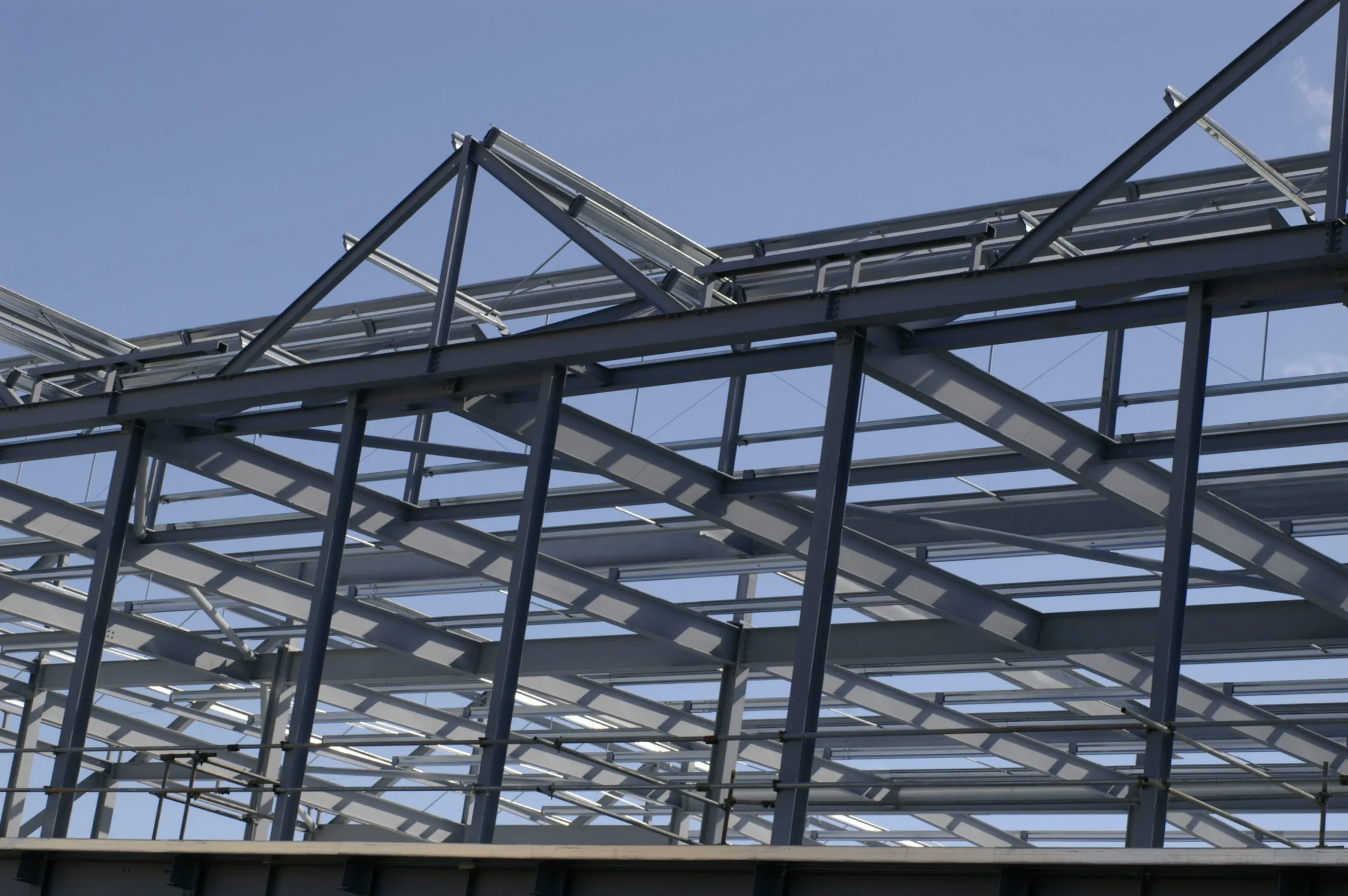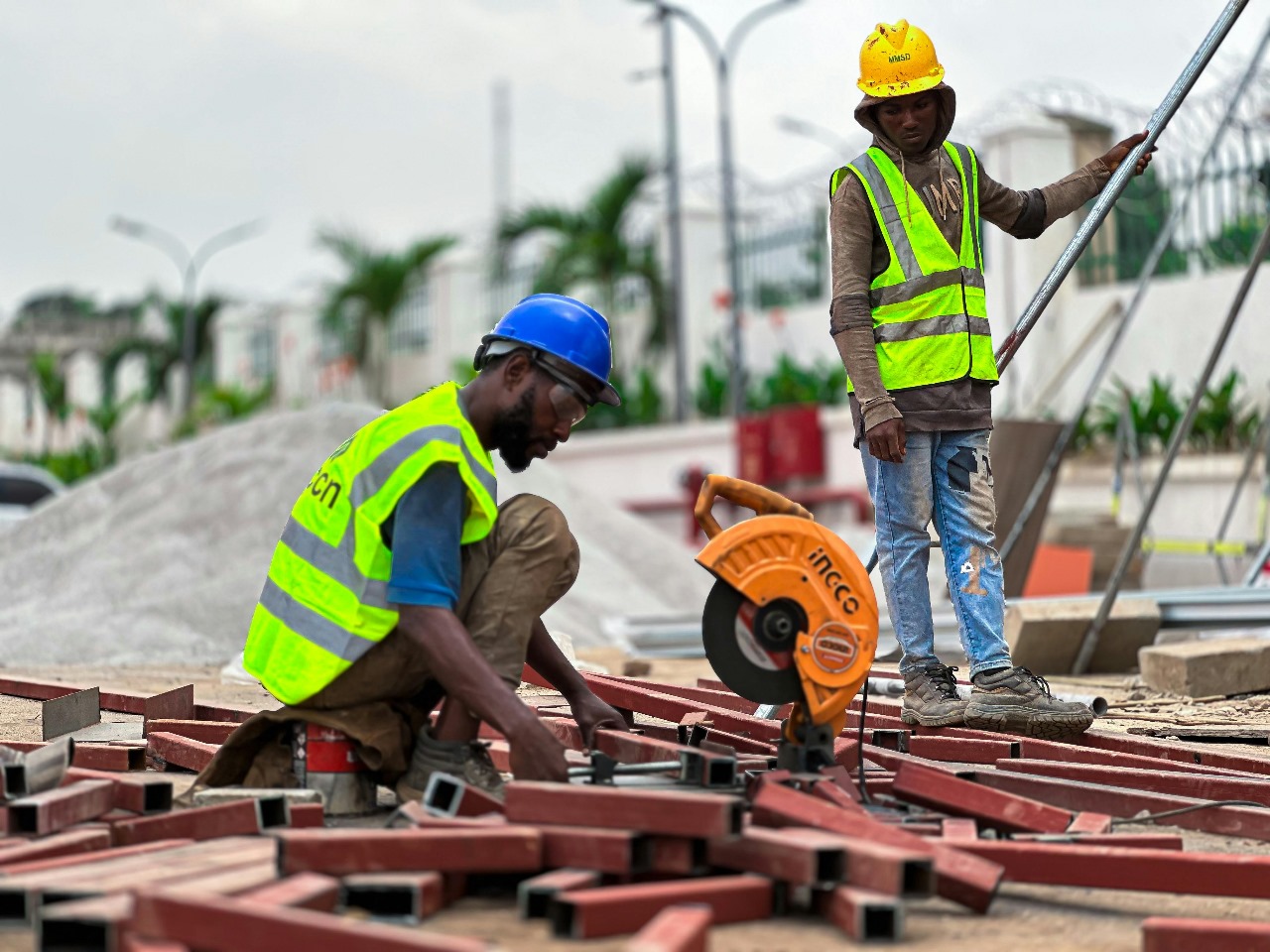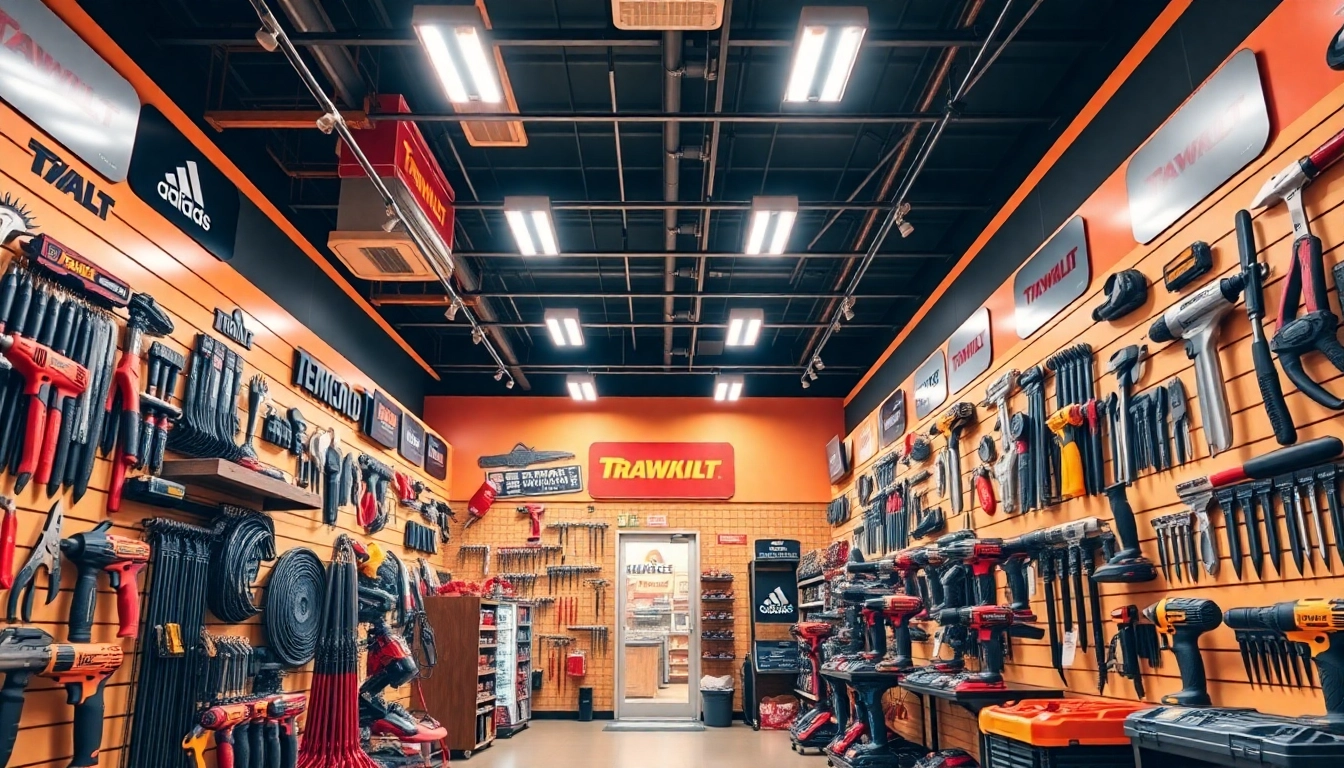Innovations Driving Modern Construction
In today’s fast-paced construction industry, precision and durability are more important than ever. Companies are increasingly relying on cutting-edge methods to ensure that every project meets the highest standards. At the heart of these advancements is Structural steel welding, which plays a critical role in creating buildings that are both strong and long-lasting. With the integration of advanced technology, welders can achieve unprecedented accuracy, reduce human error, and optimize the structural integrity of steel frameworks.
Automation in Structural Steel Welding
Automation has transformed the landscape of structural steel welding. Robotic arms and computer-controlled welding systems now handle complex joints that were once challenging for human welders. These automated systems ensure consistent weld quality and increase production efficiency, allowing construction teams to complete large-scale projects faster without compromising safety or structural strength. Automated welding also minimizes waste by precisely controlling the amount of filler material and reducing the likelihood of costly rework.
Laser and Plasma Welding Technologies
Laser and plasma welding technologies are revolutionizing structural steel welding by offering high-precision solutions for intricate designs. Laser welding allows for extremely narrow, strong welds that are ideal for both commercial and residential construction. Plasma welding, on the other hand, provides deep penetration and minimal heat distortion, which is essential when working with thick steel components. These technologies reduce overall project timelines while maintaining exceptional structural performance.
Quality Control Through Advanced Sensors
Modern structural steel welding processes are now equipped with advanced sensors that monitor temperature, pressure, and weld penetration in real-time. These sensors detect any deviations from desired specifications, allowing immediate corrections. This level of precision ensures that every welded joint meets strict quality standards, which is vital for the safety and durability of the final structure. Real-time monitoring also helps prevent defects that could lead to costly repairs or structural failures.
Computer-Aided Welding Design
Computer-aided design (CAD) software has become a crucial tool for structural steel welding. CAD enables engineers to create detailed 3D models of steel frameworks and simulate welding sequences before actual implementation. By planning the welding process digitally, teams can identify potential problem areas, optimize joint placement, and improve overall efficiency. This approach not only saves time but also enhances the accuracy and strength of welded structures.
Eco-Friendly Welding Solutions
Sustainability has become a key focus in construction, and structural steel welding is adapting to this demand. Advanced welding techniques reduce energy consumption and minimize material waste, contributing to environmentally responsible practices. Additionally, many modern welding systems use low-emission shielding gases and energy-efficient equipment, ensuring that projects remain eco-friendly without compromising quality or safety.
Training and Skill Enhancement
Even with advanced technology, skilled professionals remain essential for successful structural steel welding. Ongoing training programs now integrate virtual reality (VR) and augmented reality (AR) tools, allowing welders to practice complex techniques in a controlled, immersive environment. These technologies accelerate skill development and prepare welders to handle sophisticated welding equipment with confidence, ensuring consistent results across all projects.
Future Trends in Structural Steel Welding
The future of structural steel welding points toward even greater integration of AI and machine learning to predict weld behavior and optimize processes. Smart welding systems will analyze data from previous projects to continuously improve performance and reduce the risk of structural failures. As these technologies evolve, construction companies that adopt them will enjoy enhanced efficiency, safety, and cost-effectiveness in every project.
Conclusion
Advanced technology has truly reshaped the field of structural steel welding, combining automation, laser and plasma techniques, sensor-based quality control, and computer-aided design to deliver unparalleled results. By embracing these innovations, construction professionals ensure that buildings and infrastructure are stronger, safer, and more sustainable than ever before. Noble Steel remains committed to leveraging the latest technologies in structural steel welding to provide clients with reliable, high-quality solutions for every project.




